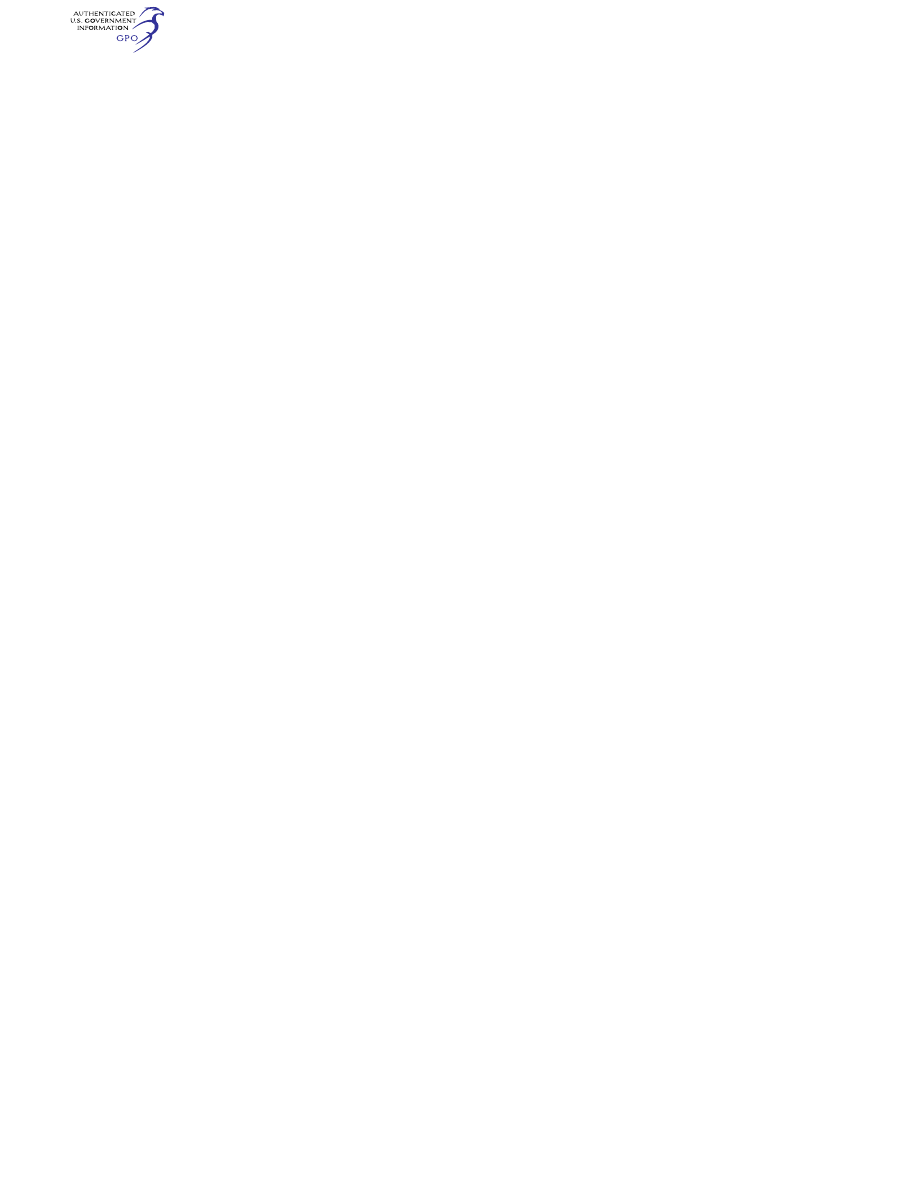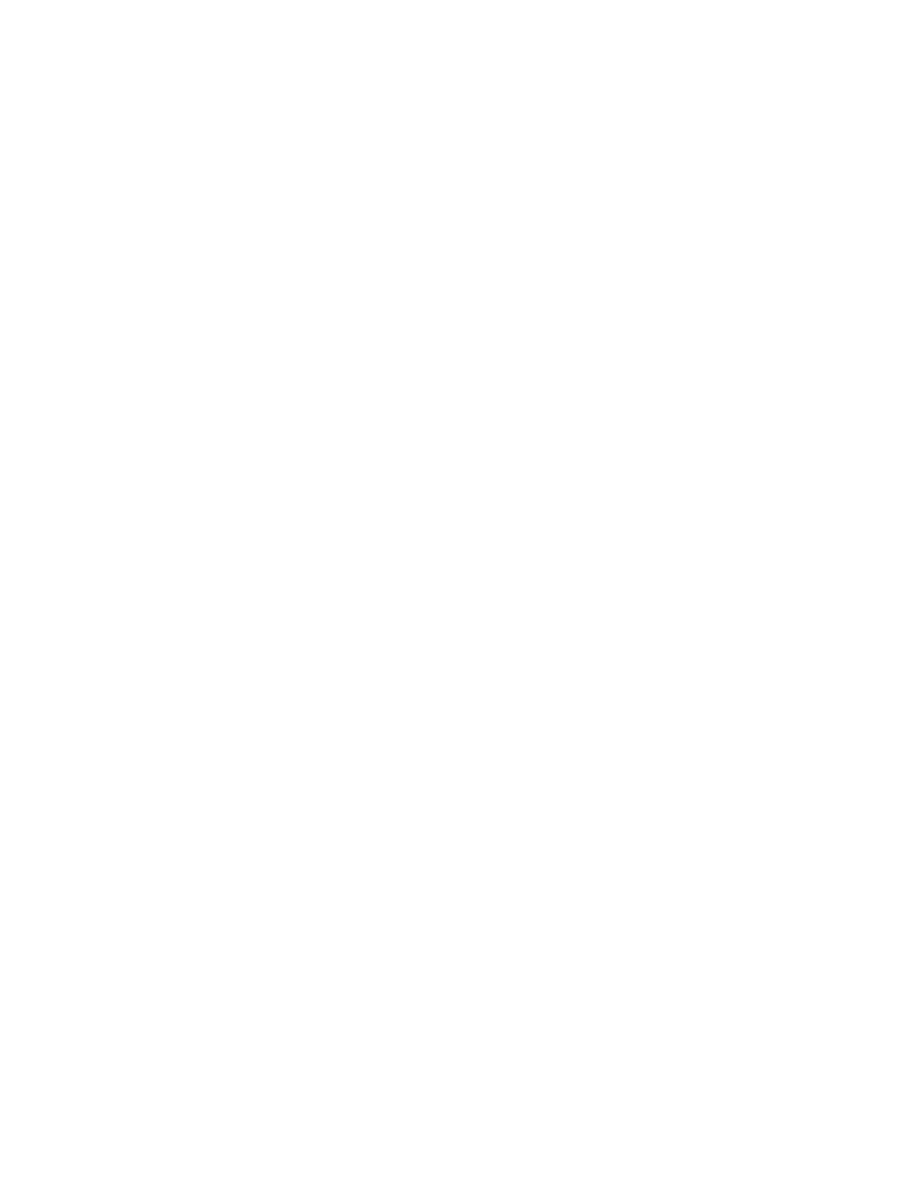
713
Federal Aviation Administration, DOT
§ 33.67
its parts may be subjected to any addi-
tional test the Administrator finds
necessary.
(c) Each applicant must furnish all
testing facilities, including equipment
and competent personnel, to conduct
the block tests.
[Doc. No. 3025, 29 FR 7453, June 10, 1964, as
amended by Amdt. 33–6, 39 FR 35466, Oct. 1,
1974; Amdt. 33–9, 45 FR 60181, Sept. 11, 1980]
Subpart E—Design and Construc-
tion; Turbine Aircraft Engines
§ 33.61
Applicability.
This subpart prescribes additional de-
sign and construction requirements for
turbine aircraft engines.
§ 33.62
Stress analysis.
A stress analysis must be performed
on each turbine engine showing the de-
sign safety margin of each turbine en-
gine rotor, spacer, and rotor shaft.
[Amdt. 33–6, 39 FR 35466, Oct. 1, 1974]
§ 33.63
Vibration.
Each engine must be designed and
constructed to function throughout its
declared flight envelope and operating
range of rotational speeds and power/
thrust, without inducing excessive
stress in any engine part because of vi-
bration and without imparting exces-
sive vibration forces to the aircraft
structure.
[Doc. No. 28107, 61 FR 28433, June 4, 1996]
§ 33.64
Pressurized engine static parts.
(a) Strength. The applicant must es-
tablish by test, validated analysis, or a
combination of both, that all static
parts subject to significant gas or liq-
uid pressure loads for a stabilized pe-
riod of one minute will not:
(1) Exhibit permanent distortion be-
yond serviceable limits or exhibit leak-
age that could create a hazardous con-
dition when subjected to the greater of
the following pressures:
(i) 1.1 times the maximum working
pressure;
(ii) 1.33 times the normal working
pressure; or
(iii) 35 kPa (5 p.s.i.) above the normal
working pressure.
(2) Exhibit fracture or burst when
subjected to the greater of the fol-
lowing pressures:
(i) 1.15 times the maximum possible
pressure;
(ii) 1.5 times the maximum working
pressure; or
(iii) 35 kPa (5 p.s.i.) above the max-
imum possible pressure.
(b) Compliance with this section
must take into account:
(1) The operating temperature of the
part;
(2) Any other significant static loads
in addition to pressure loads;
(3) Minimum properties representa-
tive of both the material and the proc-
esses used in the construction of the
part; and
(4) Any adverse geometry conditions
allowed by the type design.
[Amdt. 33–27; 73 FR 55437, Sept. 25, 2008;
Amdt. 33–27, 73 FR 57235, Oct. 2, 2008]
§ 33.65
Surge and stall characteristics.
When the engine is operated in ac-
cordance with operating instructions
required by § 33.5(b), starting, a change
of power or thrust, power or thrust
augmentation, limiting inlet air dis-
tortion, or inlet air temperature may
not cause surge or stall to the extent
that flameout, structural failure, over-
temperature, or failure of the engine to
recover power or thrust will occur at
any point in the operating envelope.
[Amdt. 33–6, 39 FR 35466, Oct. 1, 1974]
§ 33.66
Bleed air system.
The engine must supply bleed air
without adverse effect on the engine,
excluding reduced thrust or power out-
put, at all conditions up to the dis-
charge flow conditions established as a
limitation under § 33.7(c)(11). If bleed
air used for engine anti-icing can be
controlled, provision must be made for
a means to indicate the functioning of
the engine ice protection system.
[Amdt. 33–10, 49 FR 6851, Feb. 23, 1984]
§ 33.67
Fuel system.
(a) With fuel supplied to the engine
at the flow and pressure specified by
the applicant, the engine must func-
tion properly under each operating
condition required by this part. Each
fuel control adjusting means that may
VerDate Sep<11>2014
09:06 Jun 28, 2024
Jkt 262046
PO 00000
Frm 00723
Fmt 8010
Sfmt 8010
Y:\SGML\262046.XXX
262046
jspears on DSK121TN23PROD with CFR

714
14 CFR Ch. I (1–1–24 Edition)
§ 33.68
not be manipulated while the fuel con-
trol device is mounted on the engine
must be secured by a locking device
and sealed, or otherwise be inacces-
sible. All other fuel control adjusting
means must be accessible and marked
to indicate the function of the adjust-
ment unless the function is obvious.
(b) There must be a fuel strainer or
filter between the engine fuel inlet
opening and the inlet of either the fuel
metering device or the engine-driven
positive displacement pump whichever
is nearer the engine fuel inlet. In addi-
tion, the following provisions apply to
each strainer or filter required by this
paragraph (b):
(1) It must be accessible for draining
and cleaning and must incorporate a
screen or element that is easily remov-
able.
(2) It must have a sediment trap and
drain except that it need not have a
drain if the strainer or filter is easily
removable for drain purposes.
(3) It must be mounted so that its
weight is not supported by the con-
necting lines or by the inlet or outlet
connections of the strainer or filter,
unless adequate strength margins
under all loading conditions are pro-
vided in the lines and connections.
(4) It must have the type and degree
of fuel filtering specified as necessary
for protection of the engine fuel system
against foreign particles in the fuel.
The applicant must show:
(i) That foreign particles passing
through the specified filtering means
do not impair the engine fuel system
functioning; and
(ii) That the fuel system is capable of
sustained operation throughout its
flow and pressure range with the fuel
initially saturated with water at 80
°
F
(27
°
C) and having 0.025 fluid ounces per
gallon (0.20 milliliters per liter) of free
water added and cooled to the most
critical condition for icing likely to be
encountered in operation. However,
this requirement may be met by dem-
onstrating the effectiveness of speci-
fied approved fuel anti-icing additives,
or that the fuel system incorporates a
fuel heater which maintains the fuel
temperature at the fuel strainer or fuel
inlet above 32
°
F (0
°
C) under the most
critical conditions.
(5) The applicant must demonstrate
that the filtering means has the capac-
ity (with respect to engine operating
limitations) to ensure that the engine
will continue to operate within ap-
proved limits, with fuel contaminated
to the maximum degree of particle size
and density likely to be encountered in
service. Operation under these condi-
tions must be demonstrated for a pe-
riod acceptable to the Administrator,
beginning when indication of impend-
ing filter blockage is first given by ei-
ther:
(i) Existing engine instrumentation;
or
(ii) Additional means incorporated
into the engine fuel system.
(6) Any strainer or filter bypass must
be designed and constructed so that the
release of collected contaminants is
minimized by appropriate location of
the bypass to ensure that collected
contaminants are not in the bypass
flow path.
(c) If provided as part of the engine,
the applicant must show for each fluid
injection (other than fuel) system and
its controls that the flow of the in-
jected fluid is adequately controlled.
[Amdt. 33–6, 39 FR 35466, Oct. 1, 1974, as
amended by Amdt. 33–10, 49 FR 6851, Feb. 23,
1984; Amdt. 33–18, 61 FR 31328, June 19, 1996;
Amdt. 33–25, 73 FR 48123, Aug. 18, 2008; Amdt.
33–26, 73 FR 48285, Aug. 19, 2008]
§ 33.68
Induction system icing.
Each engine, with all icing protec-
tion systems operating, must:
(a) Operate throughout its flight
power range, including the minimum
descent idle rotor speeds achievable in
flight, in the icing conditions defined
for turbojet, turbofan, and turboprop
engines in Appendices C and O of part
25 of this chapter, and Appendix D of
this part, and for turboshaft engines in
Appendix C of part 29 of this chapter,
without the accumulation of ice on the
engine components that:
(1) Adversely affects engine operation
or that causes an unacceptable perma-
nent loss of power or thrust or unac-
ceptable increase in engine operating
temperature; or
(2) Results in unacceptable tem-
porary power loss or engine damage; or
(3) Causes a stall, surge, or flameout
or loss of engine controllability. The
VerDate Sep<11>2014
09:06 Jun 28, 2024
Jkt 262046
PO 00000
Frm 00724
Fmt 8010
Sfmt 8010
Y:\SGML\262046.XXX
262046
jspears on DSK121TN23PROD with CFR

